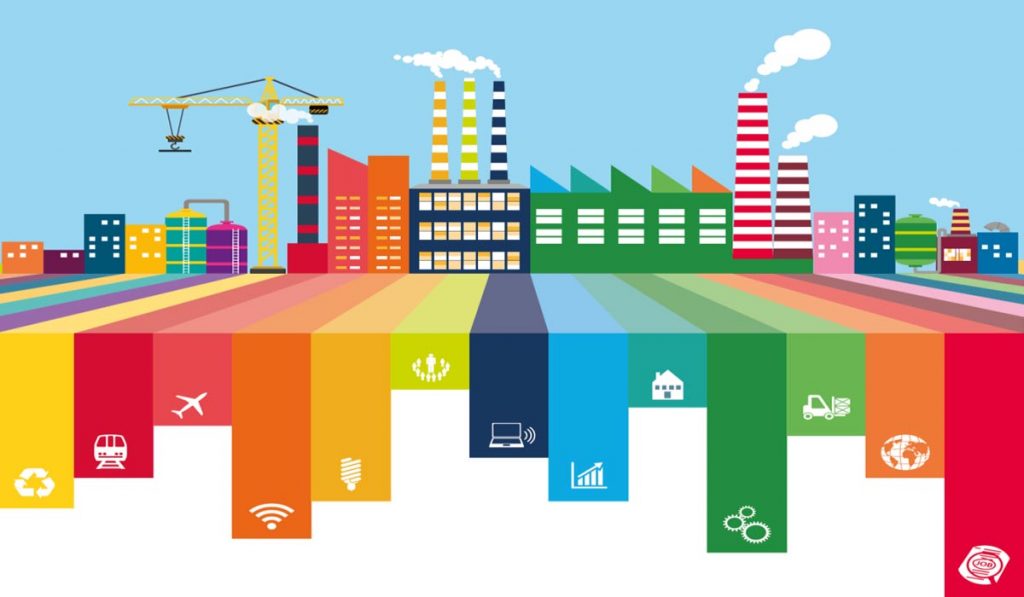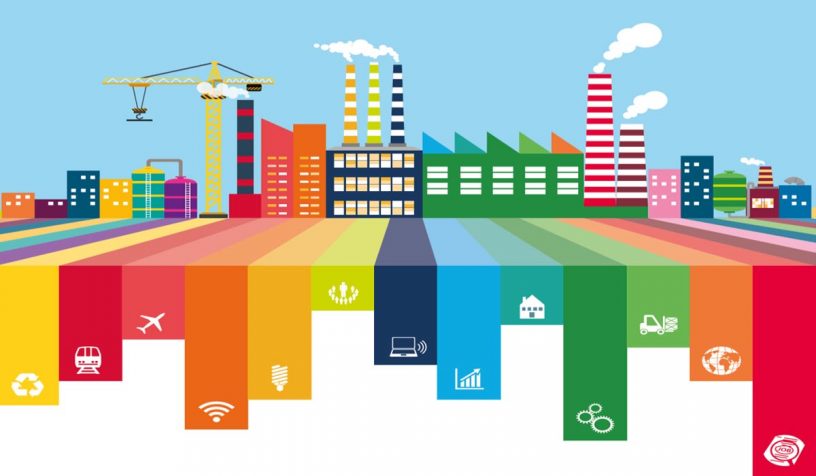
The article examines how WTO members can implement the SEZs or other trade zones without inviting adverse outcomes.
Authors:
James J. Nedumpara, Professor and Head, Centre for Trade and Investment Law, Indian Institute of Foreign Trade; Professor, Jindal Global Law School, O. P. Jindal Global University, Sonipat, Haryana, India.
Manya Gupta, Senior Research Fellow at Centre for Trade and Investment Law, New Delhi, India.
Summary:
Special Economic Zones (SEZs) and Free Trade Zones (FTZs) are special trade or manufacturing enclaves within the territory of a State governed by a different set of laws and regulations than the rest of its territory. They form an essential part of the economic development, trade, and investment policy of several developed countries as well as emerging economies. In 2018, the United States challenged, among other measures, certain incentives which India had provided to SEZs, Export Oriented Units, Biotechnology and Electronics and Hardware Parks (EOU/EHTP/BTP) under India’s Foreign Trade Policy.
These incentives were challenged as prohibited export subsidies under the Agreement on Subsidies and Countervailing Measures (SCM Agreement). While the Panel found against India, some of the issues adjudicated in the Panel report have implications for SEZs, FTZs and other similar entities located in such special enclaves.
This article seeks to examine some of the key implications of this dispute on the functioning of deemed foreign trade zones within the territorial bounds of a WTO member. Of particular focus is, how WTO Members can implement the SEZs or other Trade Zones without inviting adverse outcomes. In addition, the article examines the contentious issue of the operation of the phase-out period for export subsidies under Article 27.2 of the SCM Agreement, which is of particular importance to a number of developing countries.
Published in: Global Trade and Customs Journal
To read the full article, please click here


